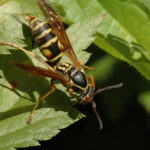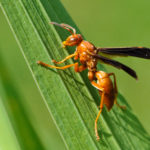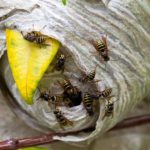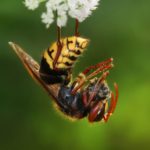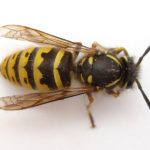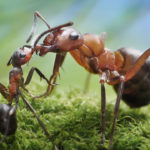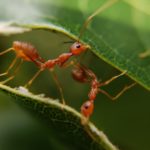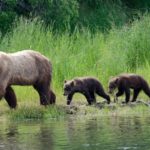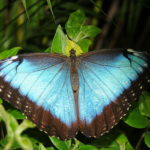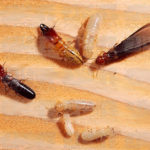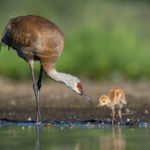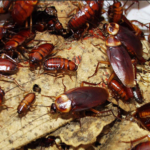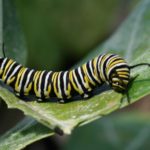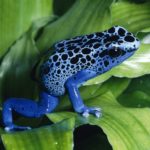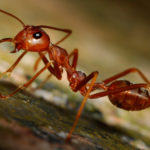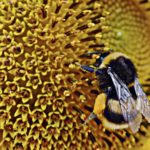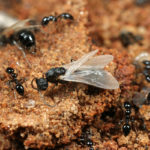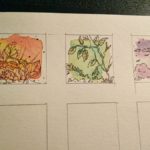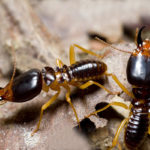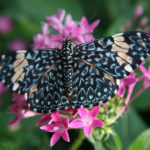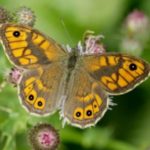Wasp – information
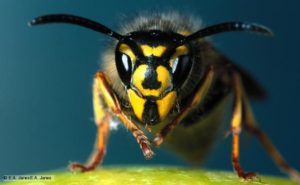 Terrible insects with a striped yellow-black belly, which on sunny days are circling in parks, gardens and often fly into our apartments, belong to a group of paper wasps. This name they got for the fact that the nests are built of a material very similar to paper. Paper wasps live in large families and jointly care for the younger generation (hence the other name of the group – public wasps).
Terrible insects with a striped yellow-black belly, which on sunny days are circling in parks, gardens and often fly into our apartments, belong to a group of paper wasps. This name they got for the fact that the nests are built of a material very similar to paper. Paper wasps live in large families and jointly care for the younger generation (hence the other name of the group – public wasps).
Adult insects feed on nectar and fruit juice, and they feed the larvae of insects. Paper wasps are the only wasps in the world that regularly sting people. But usually they attack a person only close to their nest. With the help of bright yellow-black strips on the abdomen, the wasps warn people and predators that they are armed with a poisonous sting and can give a worthy rebuff to any enemy.
Adult wasps are able to absorb only liquid food: floral nectar and plant juices. The larvae of the wasps can also feed on solid food, but their diet depends entirely on what is brought to the nest by the wasps that provide the family with the food. It can be chewed pieces of leaves, flower pollen, a fly, an ants or a bee. Arriving in the nest with prey, they pass it to the workers of the wasps, responsible for feeding the larvae. Before giving food to the larvae, the wasp-nurses suck out all the juices that are unnecessary. Larvae do not remain in debt: they belch out droplets of liquid that lick the working wasps.
The larvae of the wasps do not leave their cells until they turn into pupae, and then into adult insects. Feeling hungry, they scratch their jaws against the paper walls of the cells. At this signal, one of the working wasps responds, which rushes to the larva with a lump of food to feed it.
The female (wasp) of wasps begins to build a nest alone. In the spring, she constructs several paper cells from chewed wood fibers and puts one egg in each. Care for the hatching larvae entirely lies on the uterus: it needs to grow out of them assistants – several worker wasps. She feeds her cubs with crushed insects and caterpillars. Once the larvae turn into adult insects, they immediately begin to expand the nest and search for food for the uterus and its offspring. From this moment, the uterus is only busy laying eggs.
In addition, she closely follows the order in the nest, often biting and stinging disobedient worker wasps – their daughters. Over the summer, the aspen family is growing, sometimes to several hundred worker wasps. Under the autumn, eggs that are laid by the uterus are no longer produced by working individuals, but by females and males. After a while they fly out of their native nests and mate. After that, the males and all the working wasps are killed, and the females climb into the cracks and fall into a stupor. In the spring they are selected from winter shelters and begin to build new nests.
